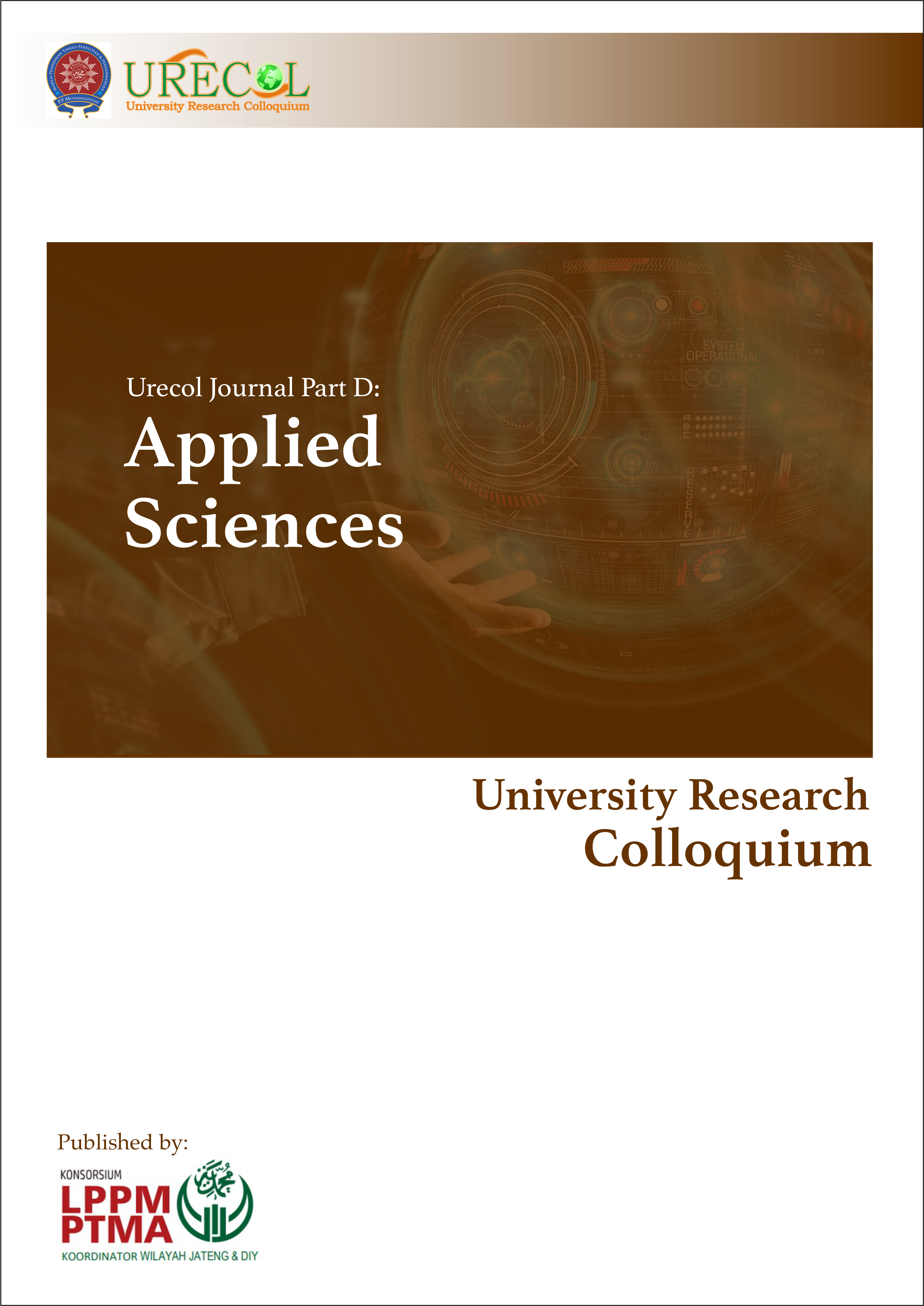Hepatotoxicity Risk Profile of Indonesian Due to Polymorphism of NAT2 and CYP2E1 in Isoniazid Metabolism
DOI:
https://doi.org/10.53017/ujas.11Keywords:
NAT2-slow acetylator, CYP2E1*C1/C2, HepatotoxicAbstract
This article presents data on drug-induced liver injury events' risk profile due to NAT2 and CYP2E1 polymorphisms in isoniazid metabolism in Indonesian populations among various populations of several countries. The research took place through a review of the literature obtained from google scholar. The library search uses three variants of the keyword: (1) "pharmacogenomic and tuberculosis and INH and NAT2 and CYP2E1 and polymorphism", (2) "isoniazid and hepatotoxicity and polymorphism and N-acetyltransferase," (3) "isoniazid and hepatotoxicity and polymorphism and CYP2E1". Analysis of hepatotoxic risk based on the odds ratio (confidence interval) using Stata MP 14th edition software. The study of drug-induced liver injury events' risk based on various NAT2 acetylation rates involved 2,140 populations from 8 countries, while the risk analysis based on CYP2E1 allele variety involved 1,530 populations from 5 countries. The literature review shows that the Indonesian population's isoniazid-induced liver injury events' risk with slow acetylator NAT2 enzymes and people with CYP2E1*c1/c2 is three times higher than other populations in various countries. Further, people who have the combination slow acetylator NAT2 and CYP2E1*c1/c2 have more drug-induced liver injury events' risk.
Downloads
Downloads
Published
How to Cite
Issue
Section
License
Copyright (c) 2021 Setiyo Budi Santoso, Puji Umi Chabibah, Prasojo Pribadi

This work is licensed under a Creative Commons Attribution-NonCommercial 4.0 International License.





